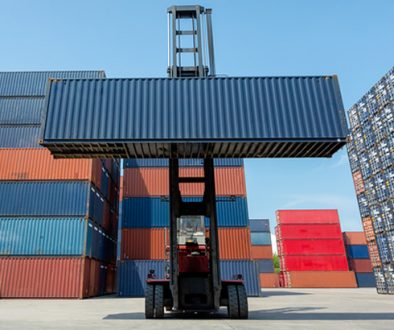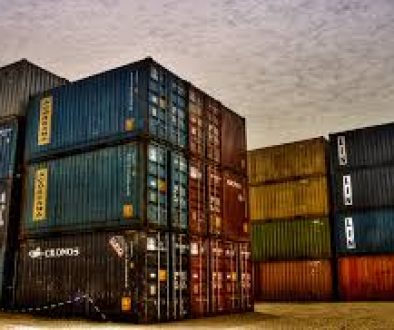Evaluating the reality of ‘game-changing’ technology
Evaluating the reality of ‘game-changing’ technology
The Journal of Commerce | February 19 2018
by Gary Ferrulli
MAERSK AND IBM joining forces for a blockchain project, and CMA CGM’s plans for Ze Box, a self-described “incubator” for tech start-ups, have captured recent headlines As one who grew up well before the technology era, I had to learn the value of having the right technology to support the right processes. I used the knowledge gained at a Harvard process improvement class to help me in leading Sea-Land Service’s transition into a major technology and process change in documentation and customer service, upgrading most of the legacy software developed in the 1970s and 1980s. We wound up with a virtually paperless environment internally, using scanning and data storage, and this as more than 23 years ago. A lot of effort and money were required to do it all in four years.
It was a game changer for Sea-Land, saving the company $21 million a year after full implementation in 1996 and 1997. Error factors went from 5 percent to less than 1 percent, and turn times improved to having 90 percent of all documents done within 24 hours of receipt of the shipping instructions. A majority of the remaining 10 percent took longer because the shipping instructions didn’t match the booking; clarification was needed.
As I hear about technology being the game-changer in logistics, I am certainly open to the thoughts, but recall the caution of the Harvard professors who taught the classes on process improvement — first make sure you have the right processes, and then build systems that support those processes. Don’t jump to “let’s automate the process. At Sea-Land,
we did a thorough review of the order-to-cash processes, taking two months, and using a dozen people to
review the different processes in all Sea-Land offices in North America.
Today’s headlines and articles tout technology claims to be the next sliced bread. Looking at a list of vendors promoting “visibility” products and services, I found 30 based in Europe, 43 in North America, and the existence of 13 others. We have seen and heard a lot of discussion on the need for supply chain visibility. The blockchain is supposed to — what — for visibility in the supply chain? What will these 86 vendors provide?
It was one thing for Sea-Land to take the order-to-cash process and refine it, and then build the required technology solutions to support new process — which is a shipment, by the way. The booking information flowed to equipment control, intermodal if required, terminal services, documentation (which is where rating and billing were done), freight invoicing, credit and collections, and accounting. Along the way, any variations caused a “red flag” and human intervention to clarify the differences. And our customer service people could look at the shipment at any time in the process by referring to booking number, container number, even a shipper’s purchase order.
It’s quite another thing to get visibility in the complete supply chain — raw materials to the ultimate delivery. What about a container on the eighth tier underdeck of a 20,000-TEU ship? Everything around it is steel.
Blockchain will capture all the data that is input, allegedly in a secure environment. But will all in the supply chain provide the input? And how many variations are there in blockchain? There are no uniform standards governing blockchain; all providers will have their own. How might a shipper of green widgets use it if they have four ocean carriers, 13 truckers, three railroads and eight warehouses, just in North America, moving raw materials and products through the supply chain in 38 countries?
This isn’t meant to criticize or denigrate blockchain or any other technological product or service. It’s to demonstrate that there are no silver bullets; the Lone Ranger rode off into the sunset long ago. Of course, the technology solutions cover far more than visibility. There are many excellent technology solutions that support the many aspects of logistics today.
There are solutions to pieces of the puzzle, and each entity must do extensive analysis on what they truly need to make the improvements they require, not just desire. That means performing a deep dive on process analysis and improvement first, then developing or finding the supporting technology that best meets the requirements. You may find some great solutions to your requirements, but don’t confuse those with solutions looking for a problem.
Mistakes in the selection and implementation can be extremely costly. Sea-Land spent more than $60 million to gain the
efficiencies and upgrade its legacy systems over a four-year period. It was a well-spent investment. That’s what we are talking about, investing for efficiencies and improvement — not just automating pieces of the supply chain because it is in vogue.
Get value for your company, but know it takes hard work, resources, and complete understanding and agreement on what you are trying to achieve. Then find the best solution.
Good luck.



